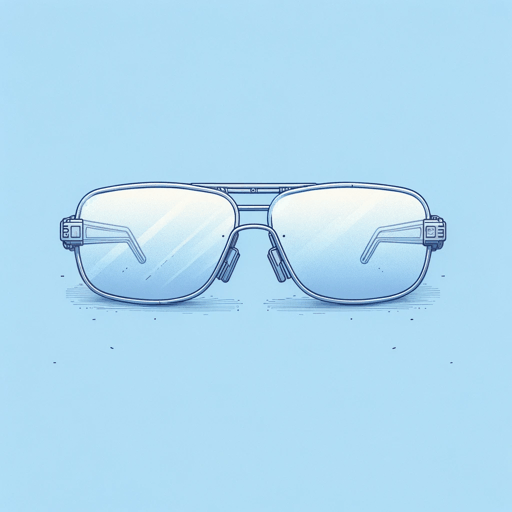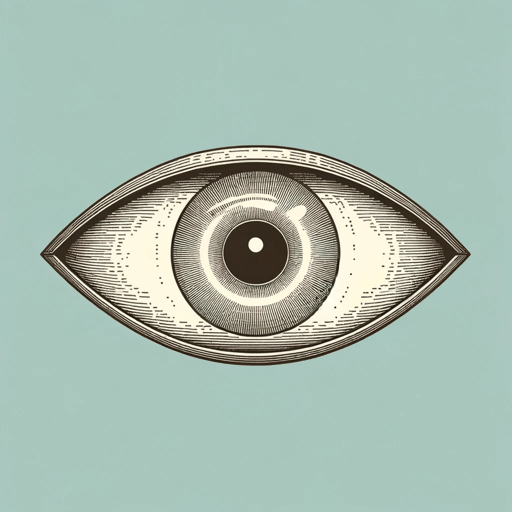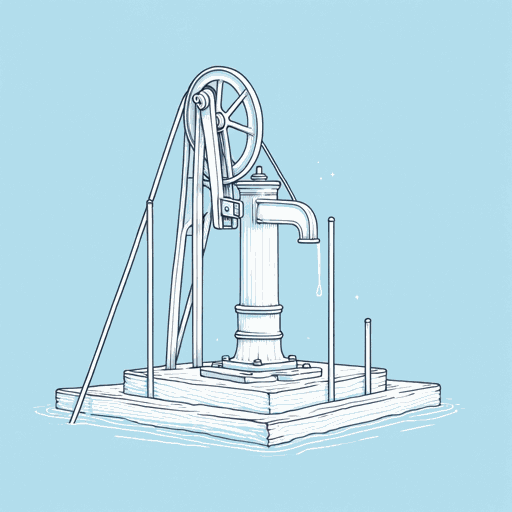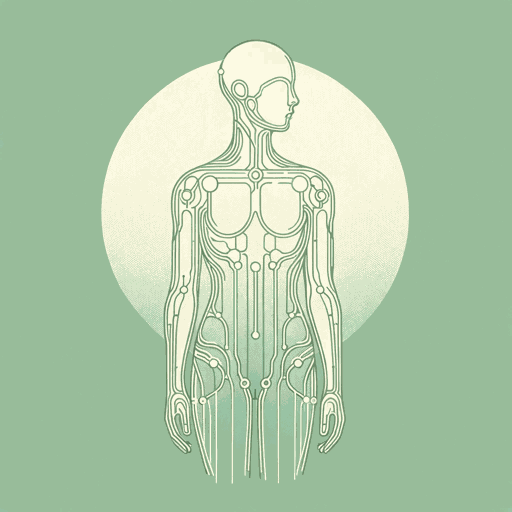47 pages • 1 hour read
William GibsonBurning Chrome
Fiction | Short Story Collection | Adult | Published in 1982A modern alternative to SparkNotes and CliffsNotes, SuperSummary offers high-quality Study Guides with detailed chapter summaries and analysis of major themes, characters, and more.
Symbols & Motifs
Garbage, Junk, and Recycled Items
Capitalism and consumerism are important concepts in the stories collected in Burning Chrome, but the stories also focus on the discarded and leftover elements of their economic and cultural systems. Images of old, broken, and reused equipment and objects populate the collection. These elements simultaneously symbolize cultural decay and the resourcefulness and ingenuity of characters.
Parker from “Fragments of a Hologram Rose,” who is addicted to his ASP machine, demonstrates how characters subsist on broken technology. The ASP machine is Parker’s link to memories of Angela, but tangible reminders of her existence—a broken strap from her sandal, a hologram postcard that he shreds in the garbage disposal—are even more poignant. He calls these discarded objects “evidence of love” (39). Parker is barely hanging on, as the broken items around him emphasize. In contrast, the landscape of Nighttown, home of the Lo Teks in “Johnny Mnemonic,” is an example of how characters repurpose discarded items. The group has built their home, an entire section of the city, out of garbage; Johnny calls it a “disused maintenance yard, stacked with triangular roofing segments. Everything there had been covered with that same uniform layer of spraybomb graffiti” (15). He later refers to part of it as a “junkyard.
Related Titles
By William Gibson





